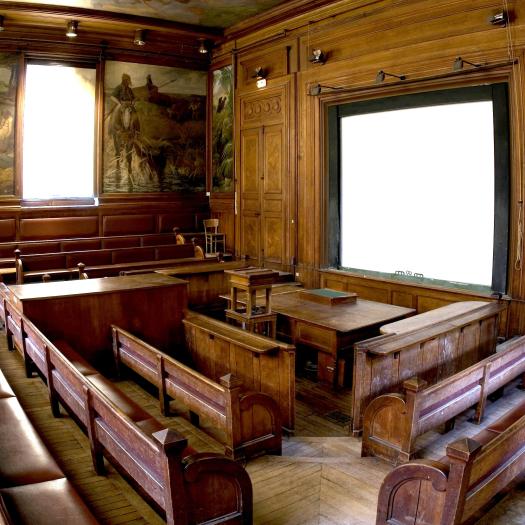PhD Defense - Alison Rowe


La soutenance aura lieu le jeudi 23 novembre 2023 à 13h30 dans les locaux du CR2P (salle Fourcade) sur le campus Pierre et Marie Curie de Sorbonne Université (4 place Jussieu 75005 Paris. Tour 46/56, 5e étage).
Composition du jury :
Abstract
Coleoids (cuttlefish, squid, and octopuses) represent 99% of the ~800 species of modern cephalopods and play key roles in modern marine ecosystems. As they are predominantly soft-bodied, they rarely preserve in the fossil record and relationships between fossil and modern groups remain unclear. This prevents a well-supported timeline outlining the origination of modern clades and shifts to paleo- and modern ecological niches. Fortunately, some Mesozoic Lagerstätten preserve soft tissues, and advances in non-destructive imaging techniques offer new pathways for anatomical studies. This thesis focuses on coleoids from two Lagerstätten with contrasting palaeoenvironments and preservation.
The unique 3D fossils of the bathyal La Voulte-sur-Rhône (Callovian, France), and the 2D fossils from the shallow-water limestones of the Upper Cretaceous (Cenomanian and Santonian) of Lebanon are studied using a combination of high-resolution imaging techniques (e.g., µCT scans, XRF, RTI). Multiple specimens of Vampyronassa rhodanica from La Voulte-sur-Rhône, were imaged using X-ray microtomography, enabling a re-examination of soft tissue anatomy. Comparisons between fossil and extant taxa, including its only extant family member, Vampyroteuthis infernalis, demonstrated that Vampyroteuthis characters were present in Jurassic taxa. These investigations also enabled the assignment of a new taxon, Vampyrofugiens atramentum. Dorateuthis syriaca is abundant in the Lebanese outcrops (~9 My). A study combining high-resolution imaging and comprehensive measurements on 54 individuals, the largest for D. syriaca, enabled the reappraisal of the holotype and species, revealing previously unknown systematic and ecological information. These imaging techniques enable meaningful comparative analysis between Mesozoic and extant coleoids and demonstrate their ecological diversity and importance during the Mesozoic.



